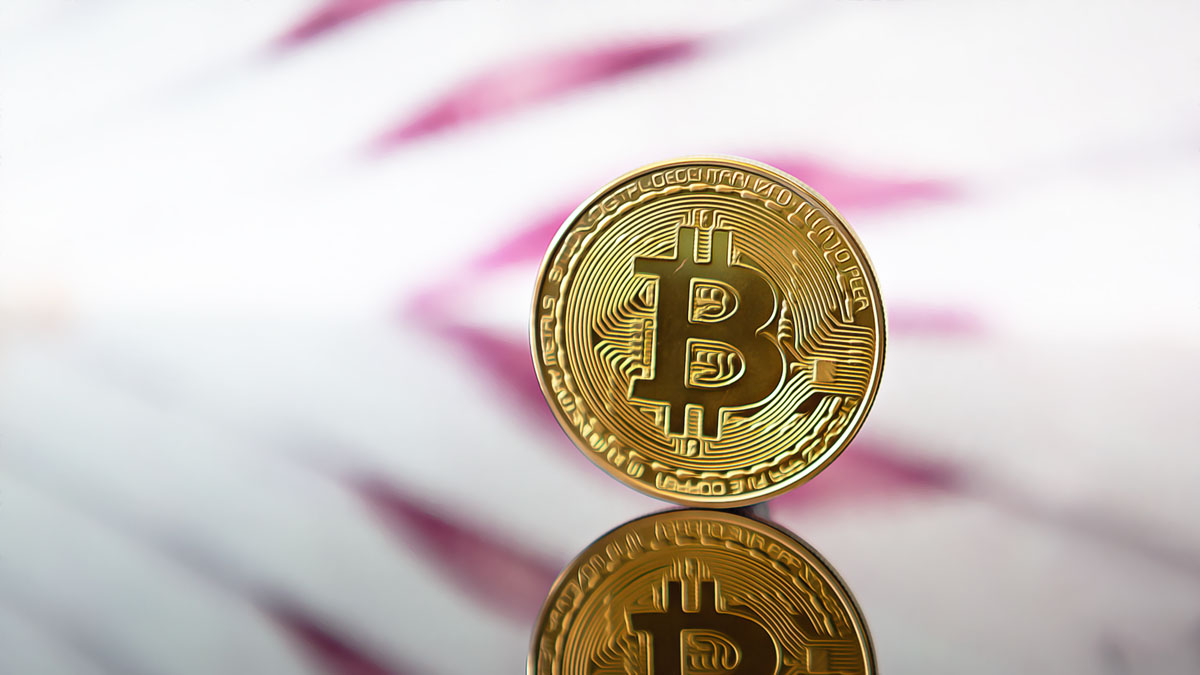Bitcoin is witnessing a substantial uptick in withdrawals from centralized exchanges, with recent activity reaching an eight-month peak. This development suggests a noteworthy shift in the cryptocurrency’s market dynamics. Concurrently, there is a marked increase in Bitcoin accumulation by large-scale holders, often referred to as “whales,” which may be indicative of an impending appreciation in Bitcoin’s value.
Exchange Outflows Hit New Heights
Data from market analytics firm IntoTheBlock highlights that centralized exchanges are reporting significant levels of Bitcoin being moved off their platforms, with the total value exceeding $540 million in a single week. The surge in outflows is the most substantial since June of the previous year. Reports from CryptoQuant’s research director, Julio Moreno, reveal that a record single-hour outflow from Coinbase involved 18,746 Bitcoins, an equivalent of $1 billion, distributed across two separate transactions.
Such massive Bitcoin movements away from exchanges are widely interpreted as a positive sign for the cryptocurrency, signaling a potential shortage of Bitcoin for sale on the market. Observers believe that the transfer of funds from exchanges to private wallets could be motivated by expectations of a Bitcoin price surge. This sentiment grows stronger as the next Bitcoin halving event is just two months away. The current 2.3 million BTC held on exchanges, as reported by analytics provider Glassnode, marks the lowest since 2018.
Whales Expand their Bitcoin Holdings
On-chain data reveals a significant uptick in the number of whales with wallet balances exceeding 1,000 BTC. Santiment’s analytics show a 7.4% increase in such addresses within the last month, adding 147 new wallets—the most considerable expansion in two years.
This whale activity is interpreted as a sign of growing confidence in Bitcoin’s future, as these large-scale purchases are often precursors to notable price movements. CryptoQuant’s analysis suggests that when institutions increase their Bitcoin holdings, prices tend to rise in response to the heightened investment demand.












